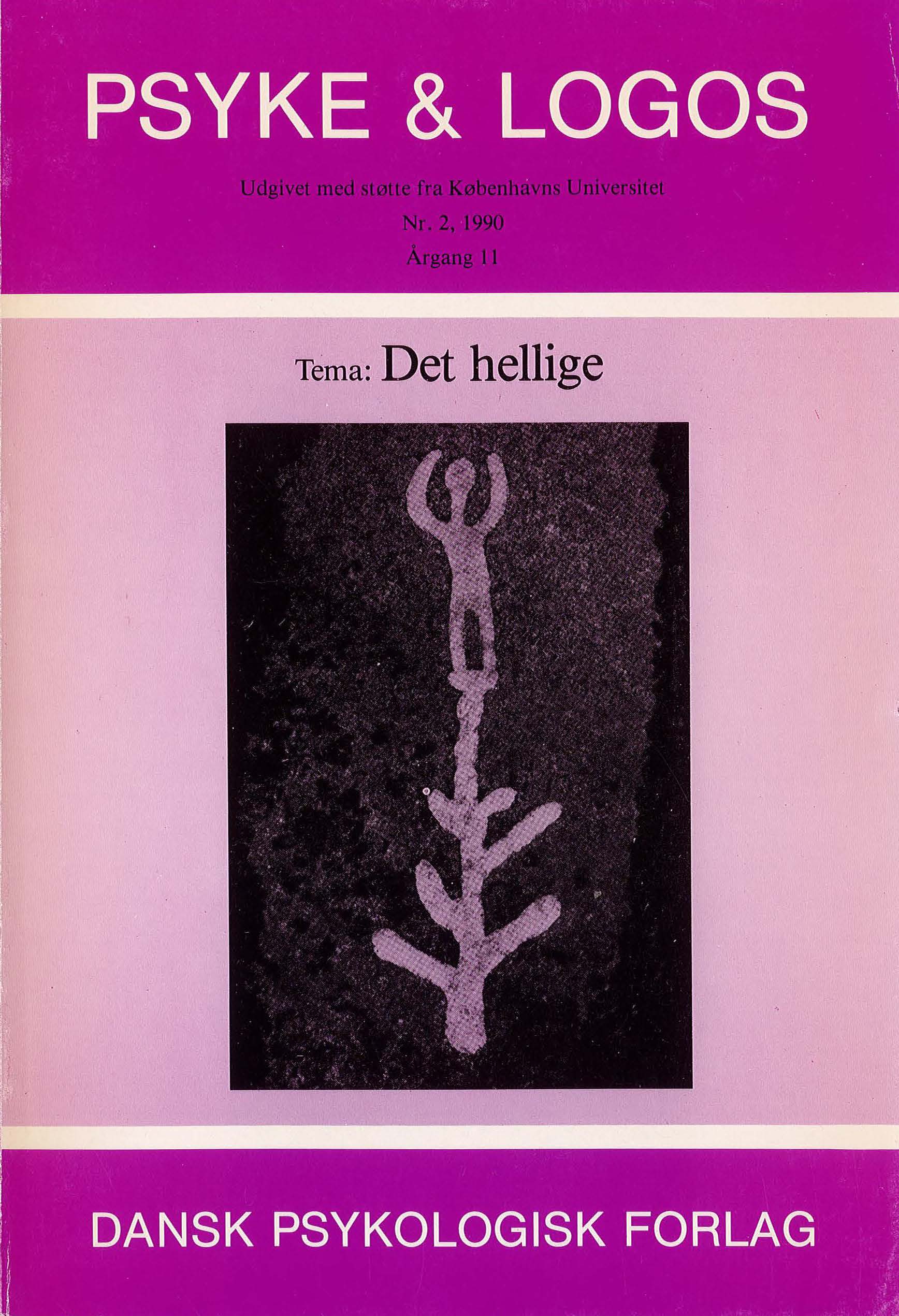Eternity
DOI:
https://doi.org/10.7146/pl.v11i2.135360Resumé
Great mountains such as Fujiyama and Kilimanjaro are recognized as being sacred places. In myths they are aften inhabited by gods, living in eternity far above the secular life of human beings. In this article the psychological background of the images of eternity is traced, defining a transcendental experience of the mountain landscape as a creative source. A phenomenological description of a personal experience of the mountain range in the Grand Teton National Park is analyzed with the background of Jour different definitions of the transcendent experience. It is put forward that visual and emotional qualities, relating specifically to the experience of mountains, are origins of the images of eternity in myths and pictures of art and these images, as well as the mountain landscape itself, provoke personal integrity within an existential theme of eternity.
Downloads
Publiceret
Citation/Eksport
Nummer
Sektion
Licens
Ophavsret er tidsskriftets og forfatternes. Det er gældende praksis, at artikler publiceret i Psyke & Logos, som efterfølgende oversættes til andet sprog, af forfatteren frit kan publiceres i internationale tidsskrifter, dog således at det ved reference fremgår, at den oversatte artikel har et forlæg i en dansksproget version i Psyke & Logos. Artikler kan frit deles og linkes til på forsknings- og undervisningsnetværk (så som Blackboard). Link foretrækkes, fordi det giver oplysning om brug af tidsskriftets artikler.




